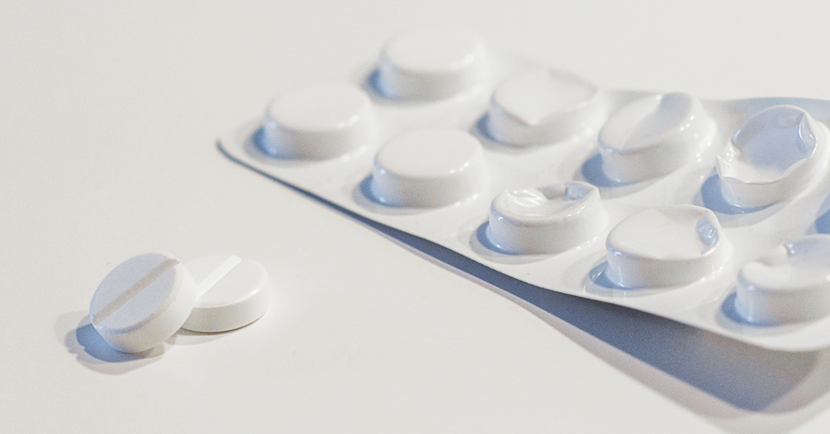Conclusion of report: paracetamol is safe to use
Patients and consumers can continue to use paracetamol safely in the Netherlands. This is the conclusion of the Netherlands medicines authority MEB and the Health and Youth Care Inspectorate (IGJ) in their investigative report. They conclude that the permissible limits for impurities are not exceeded and that the health risk is negligible. There are also no indications that any paracetamol has been sold in the Netherlands that did not comply with the strict requirements.
The Minister for Medical Care and Sport ordered the investigation to be carried out in response to an article published by NRC and Zembla about the possible contamination of paracetamol with the potentially carcinogenic substance para-chloroaniline (PCA).
Chairman Prof. Ton de Boer:
‘Manufacturers are responsible for the quality of their medicinal products. Strict rules apply in that regard. If there are any indications that something is wrong, then we consult with the Inspectorate to determine whether action needs to be taken. In the case of paracetamol, no reports have been received that the safe limits that apply have been exceeded. The concentrations in all the batches tested also fall below the strict limit of what is permitted. The risks for the patient are negligible.’

Impurities in medicinal products cannot always be avoided
The production of paracetamol as well as other medicinal products is a complicated chemical process. During this process, small amounts of other substances also end up in medicinal products. These are called impurities. This can never be completely prevented: 100% purity is practically impossible. Very strict limits have therefore been agreed upon in order to ensure that the health risks for patients are as small as possible. Some impurities are potentially carcinogenic. Supervisory authorities, independent laboratories, and the manufacturers themselves carry out the necessary checks in this regard.
Negligible risk
A strict limit applies to the intake (consumption) of PCA via a medicinal product, namely 34 micrograms per day. This limit is based on a maximum exposure and a negligible risk: if 100,000 persons take the maximum daily dose of paracetamol (3 grams of paracetamol, or 6 tablets of 500 mg each) during their entire lifetime, then this would result in one additional person out of the 100,000 developing cancer. In case of short-term use and lower dosages, the risk is of course many times smaller. The batches tested at the request of NRC and Zembla were well below the maximum limit.
No one production method is safer than the other
During one of the methods used for producing paracetamol (via chlorobenzene), PCA can be formed. Other production processes are possible without the formation of PCA, but other impurities that are also associated with risks can be formed during these other processes. It is therefore important to ensure that medicinal products comply with strict regulations. The availability of various production routes can be advantageous for the supply of medicinal products.
Difference in limits for foods and medicinal products
There is a difference in the limits that apply to PCA in foods and medicinal products. The responsible authorities use different calculation methods and different studies to calculate their own limits. The limit that applies to foods cannot simply be copied and used for medicinal products. After all, medicinal products are used only in specific cases of symptoms or sickness. The benefits of medicinal products outweigh their disadvantages. In addition, in contrast to medicinal products, there is no maximum permissible limit that applies to the quantity of food that one may consume. In other words, you can consume a much greater quantity via food than via a medicinal product. The limit that applies to foods is therefore often stricter than the limit for medicinal products. This is confirmed by the international authorities that have set these guidelines.